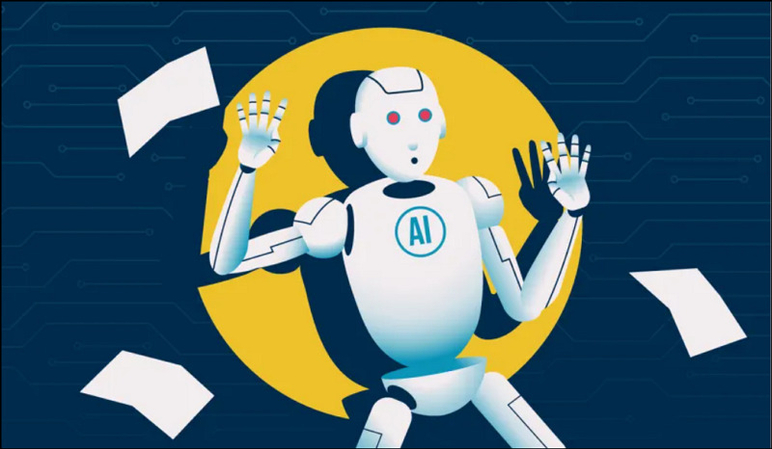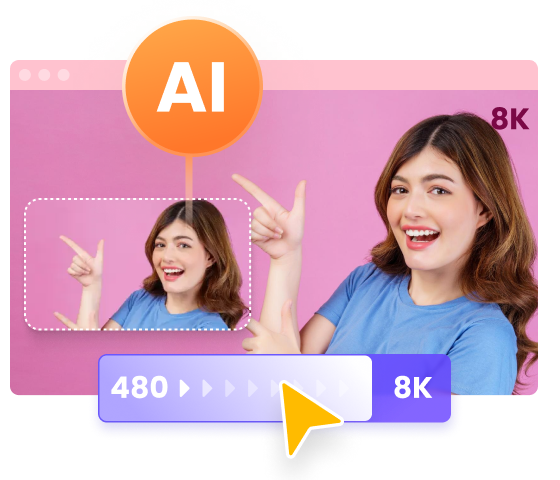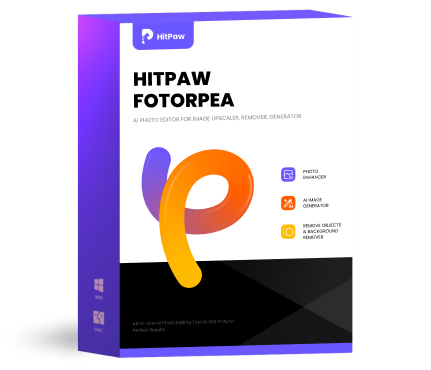What is AI Training Data in Machine Learning [2025 Guide]
Artificial Intelligence (AI) continues to revolutionize industries; however, at the heart of every successful AI system lies a critical element: AI training data. Even the most advanced algorithms cannot perform reliably without high-quality and properly sourced training data. As AI technologies evolve and become more widespread, understanding what constitutes this data, where it comes from, and how to use it responsibly is paramount. This article covers the importance of AI training data, its sources, common legal risks, and best practices for ensuring copyright compliance.
Part 1: What Is AI Training Data?

AI training data refers to the vast sets of labeled examples that train machine learning models to learn patterns, make predictions, or perform specific tasks. Each example has an output label or annotation that describes its content or classification. These datasets serve as the foundation on which machine learning algorithms build their understanding of the world.
Training data can take various forms, including images, audio, video, text, or structured datasets. Each form of data carries unique challenges and requires careful preprocessing to ensure the AI model can learn meaningful patterns effectively. In short, AI training data is the critical resource that drives the learning and performance of intelligent systems.
Part 2: What are the Common Sources of AI Training Data?

Obtaining comprehensive and diverse training data is crucial for developing robust AI models. Here are some common sources used by enterprises and AI researchers:
1. Public Datasets
Many organizations and research groups release datasets openly for academic and commercial use. Examples include ImageNet for images, Common Crawl for web text, and Multilingual LibriSpeech (MLS) for audio. This cost-effective resource might be limited in size, freshness, or domain relevance.
2. User-Generated Content
Platforms like social media, forums, and collaborative sites regularly generate massive volumes of content. User-generated data, such as tweets, comments, reviews, or photos, can be incorporated to train AI systems tailored for sentiment analysis, recommendation engines, or social listening.
3. Web Scraping
Web scraping involves programmatically extracting data from websites. It enables the collection of large-scale and up-to-date datasets. Despite its power, it carries legal and ethical risks that require compliance vigilance.
4. Licensed Data
Licensed datasets are procured from third parties or data vendors with explicit permissions to use the data for AI training. Licensing ensures legality and quality but often involves costs and usage restrictions that organizations must manage.
5. Synthetic Data
Synthetic data is artificially generated using simulations, generative models (e.g., GANs), or rule-based methods. It helps augment real datasets, especially in cases where data scarcity, privacy, or compliance are concerns.
6. Proprietary First-Party Data
Enterprises often rely on their own collected data from customers, transactions, sensors, or operational processes. This first-party data is highly valuable due to its specificity and relevance.
Part 3: What is the Importance of AI Training Data

The quality, diversity, and legality of AI training data directly influence AI model development and deployment from several critical aspects. Let's explore:
- Model Accuracy and Performance: High-quality training data improves AI model predictions and pattern recognition
- Better Generalization: Diverse datasets enhance AI's ability to perform in varied, real-world scenarios with previously unseen data
- Quick Model Training & Development: Quality data accelerates model iteration while reducing time and resource requirements
- Ethical AI: Training data free from discriminatory or harmful content helps prevent biased or unethical AI behavior
- Fostering Brand Growth: Brands trained on high-quality AI data can gain valuable insights, enhance customer experiences, and establish a positive reputation
In short, training data is not just the fuel for AI; it defines the reliability, fairness, and legality of AI systems.
Part 4: What are Legal and Compliance Risks in Using AI Training Data

Despite its importance, AI training data poses several legal and compliance risks that enterprises must navigate:
1. Copyright Infringement
Using copyrighted data without authorization can lead to infringement claims. AI models trained on such data may reproduce protected content, exposing users to liability.
2. Lack of Consent
Training data involving personal information or user-generated content requires informed consent. Failure to obtain proper permissions can violate privacy laws like GDPR or CCPA.
3. Platform Terms of Service Violations
Many online platforms prohibit web scraping or data reuse for AI training in their terms of service. Violating these agreements will result in legal action or data access restrictions.
4. Model Outputs Replicating Copyrighted Works
AI-generated outputs that closely mimic copyrighted training data (e.g., text or images) may violate intellectual property rights, leading to complex legal debates.
5. Lack of Transparency and Auditability
Without proper documentation of data sources, licenses, and processing steps, it becomes challenging to prove compliance or respond to legal inquiries.
Part 5: How to Stay Copyright-Compliant When Using AI Training Data

To mitigate legal risks and build trustworthy AI systems, organizations should adopt these best practices:
1. Use Licensed or Public Domain Data
Always use data that is either licensed or in the public domain to ensure legal compliance. This prevents copyright issues and protects your organization from potential legal challenges. Verify the source and licensing terms to ensure proper usage rights.
2. Obtain Informed Consent
Obtaining informed consent from individuals is crucial when using personal data. This ensures transparency and aligns with privacy laws like GDPR. Consent should be clear, voluntary, and documented, explaining how the data will be used in AI training processes.
3. Maintain Data Provenance Records
Maintaining clear and comprehensive records of data provenance is essential for ensuring data integrity. Document the data's origin, who created it, and any modifications. This helps verify compliance, supports audits, and provides transparency throughout the AI development process.
4. Apply Data Filtering and De-Duplication
Apply these techniques to improve data quality and reduce legal risks. Remove irrelevant, outdated, or duplicate data before training. This ensures the training dataset is accurate and concise and reduces the risk of unintentional infringement or bias in AI models.
5. Work with Legal and Data Governance Teams
Collaborating with legal and data governance teams is essential to comply with data protection regulations. These teams help navigate complex data rights, licenses, and privacy concerns, ensuring that the AI training data is ethically sourced and legally sound.
6. Consider Synthetic or Augmented Alternatives
When using real-world data is complex or restrictive, synthetic or augmented data can be a good alternative. By generating artificial datasets or enhancing existing data, organizations can minimize bias and improve model performance without breaching legal or ethical guidelines.
Conclusion
That's everything about AI training data. As enterprises increasingly integrate AI into their operations, ensuring copyright compliance and data governance is essential. Compliance protects against legal liabilities, enhances model quality, and fosters trust among users and stakeholders.
Similarly, when using HitPaw's AI tools, you should ensure compliance with operations and output to maintain ethical standards and safeguard intellectual property rights.










 HitPaw Edimakor
HitPaw Edimakor HitPaw FotorPea
HitPaw FotorPea HitPaw Univd (Video Converter)
HitPaw Univd (Video Converter) 



Share this article:
Select the product rating:
Daniel Walker
Editor-in-Chief
This post was written by Editor Daniel Walker whose passion lies in bridging the gap between cutting-edge technology and everyday creativity. The content he created inspires the audience to embrace digital tools confidently.
View all ArticlesLeave a Comment
Create your review for HitPaw articles